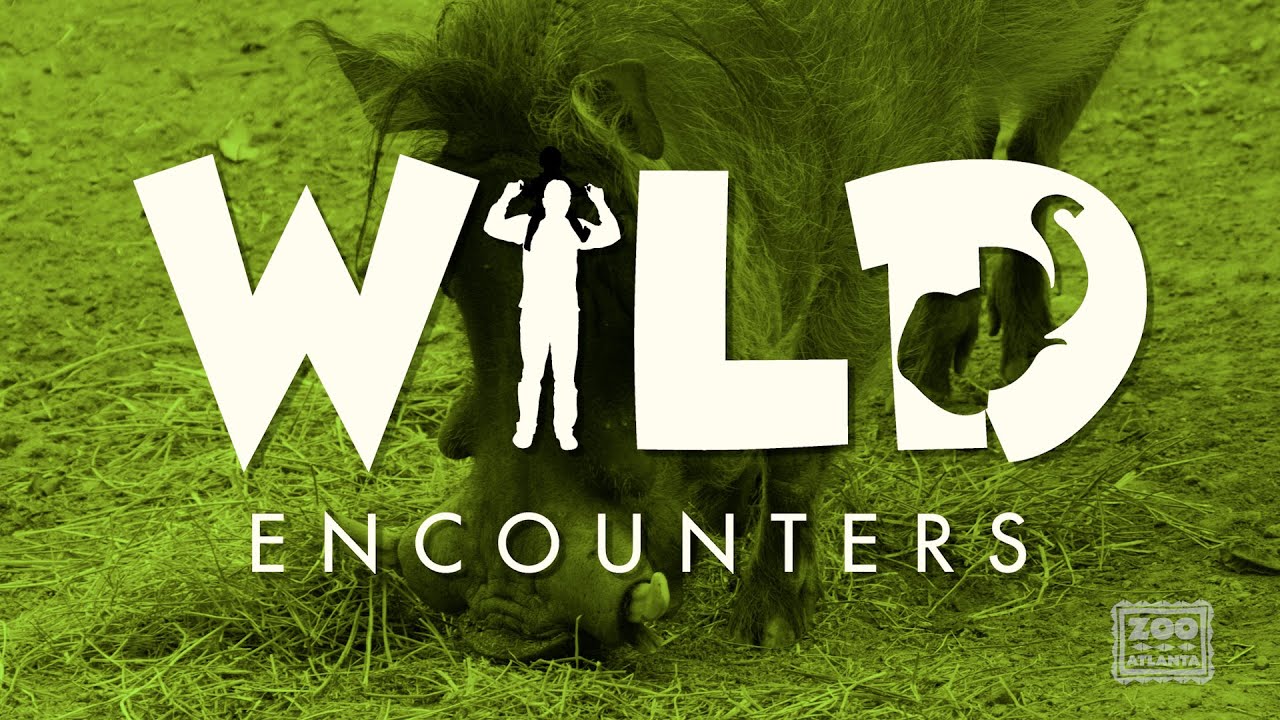- Understanding the Behavior and Ecology of Warthogs
- The Role of Warthogs in Their Ecosystem
- Challenges in Warthog Conservation and Management
- Insights from Zoo Management on Caring for Warthogs
- Educational Opportunities and Public Engagement through Warthog Exhibits
Warthogs are resilient and fascinating creatures often underrepresented in discussions about African wildlife. A deeper insight into their behavior and ecology reveals their unique adaptations and social structures. Warthogs typically inhabit savannas, open woodland, and grasslands, where they can be seen foraging with their snouts for roots, berries, and bulbs, attributing to their success in diverse environments. Known for using burrows as shelters, they often reuse those abandoned by aardvarks, illustrating a symbiotic relationship within their habitat. The social structure of warthogs is matriarchal, consisting of female groups with their offspring, while boars are more solitary. Protective of their young, female warthogs demonstrate a unique courage, often facing predators such as lions and hyenas to shield their piglets.
These wild pigs play a significant role in their ecosystem by maintaining grassland health through their foraging activities. By breaking the soil surface while feeding, warthogs assist in the aeration of soil, fostering plant species growth and indirectly supporting the biodiversity that constitutes an integral part of their environment. They also serve as a critical food source for large predators, contributing to the regulation of the predator population dynamics. Understanding these ecological roles emphasizes the imperativeness of preserving warthog populations.
The conservation of warthogs presents numerous challenges. These animals are often subject to habitat loss due to agricultural expansion and human encroachment, threatening their natural environments. Additionally, warthogs are hunted for meat and, sizeably, persecuted as agricultural pests, rendering them vulnerable in many parts of Africa. Conservation strategies undertaken primarily focus on habitat preservation and educating communities on the value of warthogs to deter poaching. To ensure their survival, conservation projects involve habitat restoration driven by partnerships between governments and conservation organizations. Strategic planning is necessary to align agricultural practices with wildlife conservation goals.
Zoos across the globe also play a critical role in warthog conservation. They provide a controlled environment to study warthog behavior and biology, facilitating crucial research contributing to their overall conservation. Warthogs in captivity require specially designed habitats that mimic their wild surroundings. This includes ample space for roaming and foraging, an integral part of their daily activities. A diet tailored to their natural feeding patterns is essential to maintaining their health and vitality. Zoo management practices, such as enrichment activities and health monitoring, aim to replicate the stimuli warthogs would encounter in the wild, promoting natural behaviors and overall well-being. Furthermore, breeding programs in zoos support conservation efforts by maintaining a genetically diverse population.
Educational initiatives are another paramount aspect of zoo management concerning warthogs. Exhibits featuring warthogs provide visitors with an opportunity to learn about the complexities of wildlife conservation firsthand. By engaging the public with informational sessions and interaction with knowledgeable zookeepers, zoos foster a deeper understanding of warthogs and their conservation needs. This engagement raises awareness about the threats warthogs face in the wild and inspires collective action among visitors to support conservation initiatives.
A comprehensive look at warthogs through zoo exhibits, conservation programs, and scientific research provides invaluable insights into their importance in the natural world. Increasing public awareness and developing strong conservation strategies are vital steps in safeguarding their future. By bridging the gap between humans and wildlife, we can work collaboratively to conserve biodiversity and preserve the natural wonders of our planet.
*****
Source Description
We welcome you to the wild world of warthogs! Come explore what it takes to care for these charismatic creatures and their neighbors in the African Savanna.
Register for Wild Encounters: https://zooatlanta.org/wildencounters
Learn more about warthogs: https://zooatlanta.org/animal/common-warthog/


